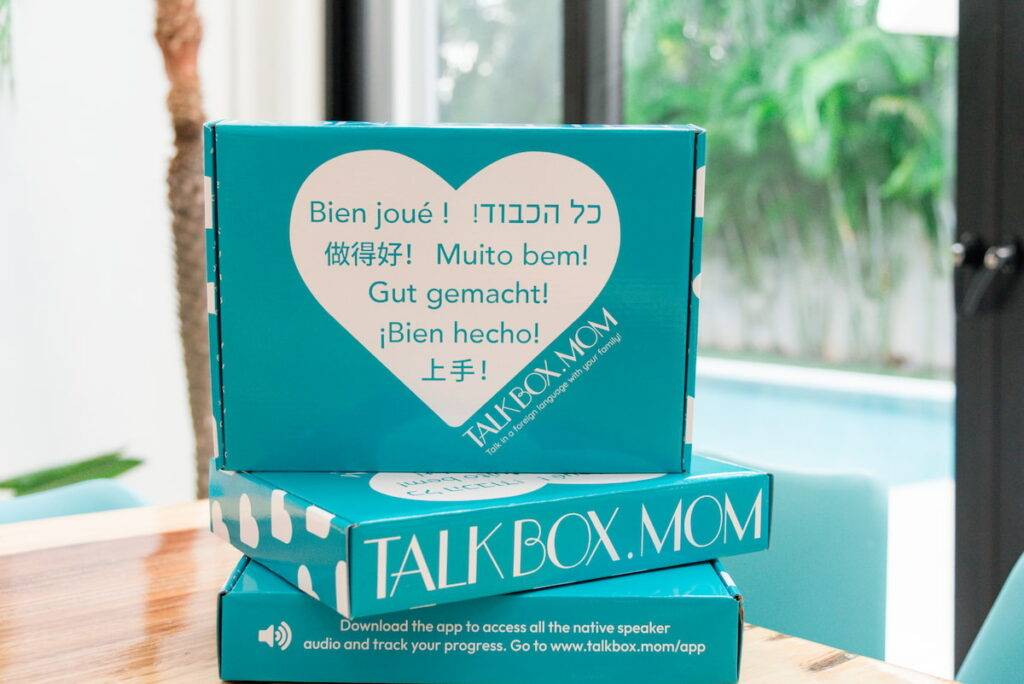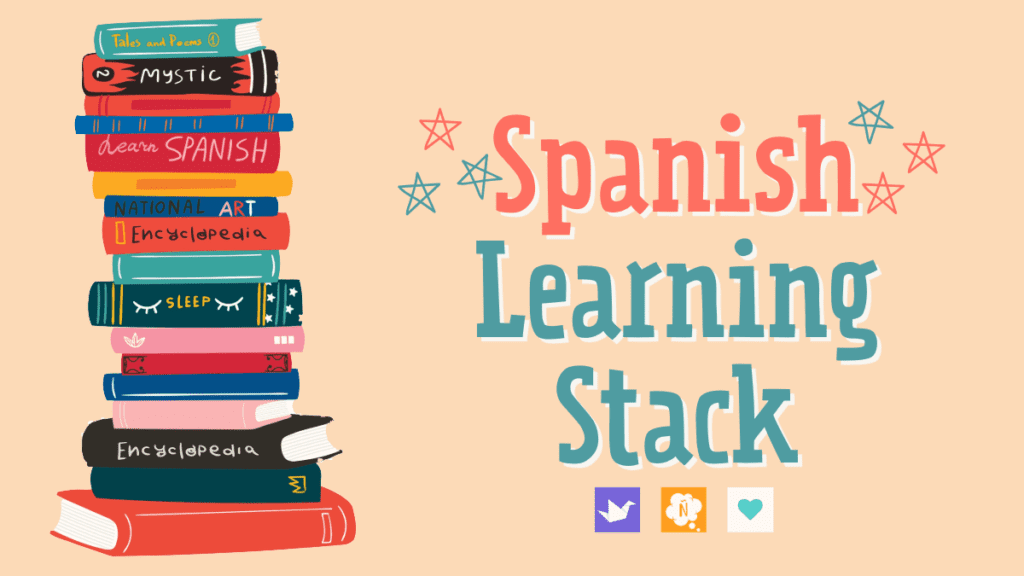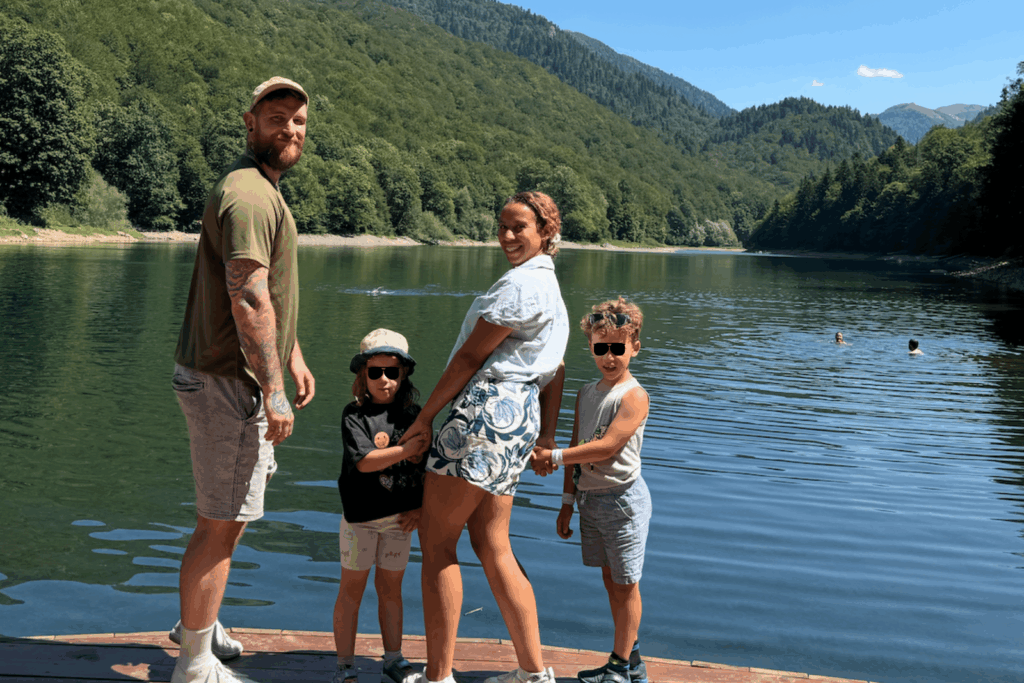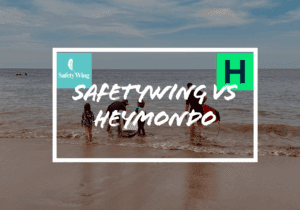My Spanish Learning Stack: How Our Family is Learning Together
Why We’re Learning Spanish
With our big move to South America and Central America, learning Spanish isn’t just a hobby, it’s a necessity. But learning as a family with young kids looks different for everyone. While we all started with TalkBox.Mom, I (Dad) have taken things a step further by adding Dreaming Spanish and Refold to my routine.
Why? Because realistically, I know that when we hit the ground, I’ll be the one handling most of the conversations in Spanish. The kids are still absorbing and picking up phrases, but I want to reach a level where I can confidently talk to locals, ask for help, and fully immerse in the culture.
Then Tania and the kids will learn more and more when we’re fully immersed and living their.
This is how our family Spanish learning stack is working for us:
We’re building this while prepping for a year on the road with two kids. If you want to support the journey, even just a little here’s how.
1. TalkBox.Mom – Our Whole Family’s Spanish Foundation

Who’s Using It? The whole family (parents + kids, ages 5 & 7)
TalkBox.Mom is the backbone of our learning because it’s built for families. Instead of memorising random vocabulary, we learn real phrases we actually use in daily life.
✔ Why it works:
- We learn practical Spanish we can use immediately.
- It integrates into daily routines (mealtime, getting ready, playtime).
- The kids pick up Spanish naturally through repetition and fun activities.
We’ve been working through the Snack & Kitchen Box, and it’s been amazing seeing the kids respond to questions in Spanish without even thinking. They’re not at full conversations yet, but they understand more than they speak, which is a huge win. Plus dont stress over if things are taking longer than expected…enjoy the journey.
What this means for travel: Even if the kids aren’t speaking fluently yet, they’ll recognise and understand phrases when locals speak to them.
Dreaming Spanish – My (Dad’s) Path to Fluency

Who’s Using It? Just me (Dad), for deeper immersion
Dreaming Spanish is entirely comprehension-based, meaning I watch and listen to Spanish videos without worrying about memorizing grammar. It’s built around the idea that you learn languages the same way kids do by listening first, speaking later.
✔ Why I love it:
- Uses real native speakers for pronunciation.
- Focuses on understanding before speaking (no pressure to talk immediately).
- The Super Beginner Series (like Guess the Disney Character) is easy to follow and engaging.
I’ve already noticed that I can understand way more than I could before, just by consistently watching videos.
What this means for travel: This is preparing me to understand and follow real conversations, so I don’t freeze up when someone speaks Spanish to me.
3. Refold – My Vocabulary & Comprehension Boost

Who’s Using It? Me (Dad), to expand my vocabulary faster
Refold is a structured Anki flashcard system designed to teach the most essential words first. It eliminates random, rarely used words and focuses on the 1,000 words that actually matter for comprehension.
✔ Why I’m using it:
- The high-frequency words will help me understand real conversations sooner.
- Example sentences put words into context (so I don’t just memorise meaningless lists).
- Native audio helps with pronunciation and listening skills.
Since understanding is the hardest part of language learning, this system ensures I know enough words to make native Spanish content enjoyable.
What this means for travel: I won’t be stuck guessing words in conversations—I’ll already recognize them.
Final Thoughts: How It’s Working for Us
What’s great about this approach is that everyone is learning at their own pace.
- The kids & Tania are focusing on family-friendly, practical Spanish with TalkBox.Mom.
- I’m doubling down on immersion with Dreaming Spanish & Refold to prepare for real conversations.
This setup works because it doesn’t force anyone to learn the same way, the kids absorb language naturally, while I focus on building comprehension fast.
FAQs About Our Spanish Learning Stack
Can you learn Spanish as a family without traditional lessons?
Yes! We’re proving that you don’t need textbooks or traditional classes to learn Spanish as a family. TalkBox.Mom helps us integrate Spanish into daily life, while I (Dad) use Dreaming Spanish and Refold to build comprehension and vocabulary.
What’s the best way to learn Spanish as a beginner?
The best way is to start speaking right away with useful, real-life phrases. That’s why we use TalkBox.Mom—it skips memorization drills and teaches phrases we actually use. For deeper learning, listening to comprehensible Spanish content (like Dreaming Spanish) is key.
Why are you using multiple methods instead of just one?
Each tool serves a different purpose:
- TalkBox.Mom → Helps our whole family speak Spanish naturally at home.
- Dreaming Spanish → Immerses me in real spoken Spanish so I can understand native speakers.
- Refold → Boosts my vocabulary & comprehension for faster learning.
This mix keeps it fun and makes learning more effective without feeling like “studying.”
How do you get your kids interested in learning Spanish?
We make it fun and interactive! Some things that work:
- Labeling household objects with Spanish words.
- Playing Spanish learning games (like matching words to pictures).
- Watching engaging videos from Dreaming Spanish (the Guess the Disney Character game was a hit!).
- Using TalkBox.Mom during meals and daily routines.
How much time do you spend learning Spanish each day?
We don’t follow a strict schedule, but generally:
- Kids & Tania: 10-20 minutes a day using TalkBox.Mom but then also naturally throughout the day.
- Me (Dad): 60-90 minutes a day using Dreaming Spanish & Refold—usually while commuting, cooking, or relaxing.
How long will it take to become fluent in Spanish?
It depends on how much time you spend listening and speaking! We expect:
- Basic conversations within a few months.
- Understanding native speakers comfortably after 6-12 months of consistent listening.
- Fluency? It’s a long-term journey, but immersion and daily practice make a huge difference.
What’s been the biggest challenge so far?
Consistency! Some days, we’re too busy or the kids aren’t in the mood, so we just do what we can without pressure. The key is to make Spanish part of our daily lives, not just another subject to study.
What’s your #1 tip for families learning Spanish together?
Use it in real life! Learning a language isn’t about memorizing words—it’s about making it part of your daily routine. Even if you start small (saying “gracias” instead of “thank you”), it all adds up over time.






